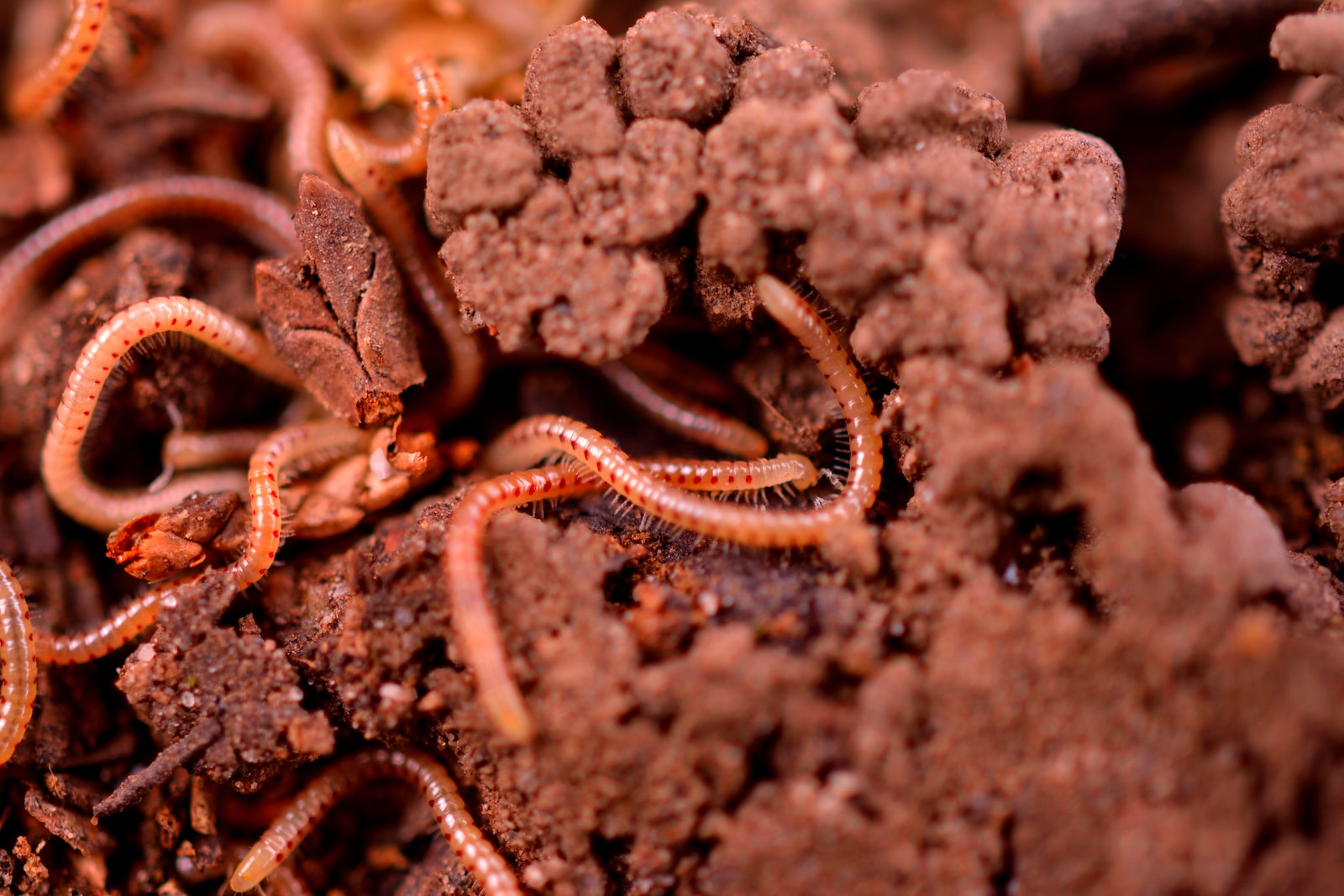Introduction: Unveiling the Wonders of Tube Worms in Reef Tanks
From the mesmerizing depths of the ocean to the tranquility of your home aquarium, the world of reef tanks brings forth a breathtaking showcase of marine life. Among the diverse inhabitants of a reef tank, tube worms stand out as fascinating organisms that contribute to the intricate balance of this mini-ecosystem. In this comprehensive guide, we’ll delve into the captivating universe of tube worms in reef tanks, exploring their biology, significance, care requirements, and their role in enriching your marine environment.

Tube Worms Reef Tank: A Closer Look
Envision a vibrant underwater paradise where tube worms sway in the currents, adding an enchanting touch to the dynamic beauty of your reef tank. Tube worms, often referred to as “nature’s architects,” play a pivotal role in the marine ecosystem by forming intricate calcareous tubes that serve as both their shelter and their masterpiece. These tubes not only offer protection to the tube worms but also become a habitat for other symbiotic organisms, creating a thriving microcosm within your reef tank.

The Dance of Diversity: Types of Tube Worms in Reef Tanks
Diversity reigns supreme in the world of tube worms, with various species showcasing unique characteristics and attributes. Let’s explore some of the most captivating tube worm varieties that you can consider introducing to your reef tank:
Feather Duster Tube Worms
Admired for their ethereal appearance, feather duster tube worms, belonging to the Sabellidae family, grace your reef tank with their delicate plumes. These plumes, composed of radioles covered in intricate bristles, create a stunning spectacle as they filter-feed on microscopic particles suspended in the water.
Christmas Tree Tube Worms
With vibrant colors reminiscent of the holiday season, Christmas tree tube worms (Spirobranchus spp.) are a sight to behold. These tube worms anchor themselves to hard surfaces and extend their colorful crowns, which are adorned with feathery appendages called radioles. The symbiotic relationship between Christmas tree tube worms and photosynthetic zooxanthellae in their tissues adds to their allure.
Fan Worms
Fan worms (Sabella spp.) are celebrated for their ornate fans, which they use for feeding and respiration. These magnificent creatures showcase a diverse palette of colors, ranging from subtle pastels to bold, striking hues, making them a sought-after addition to any reef tank.
Creating a Haven: Essentials for Nurturing Tube Worms
Nurturing tube worms in your reef tank requires careful attention to their specific needs. By providing the right conditions, you can create a haven where these organisms can thrive and contribute to the overall vitality of your marine environment.
1. Ideal Water Parameters
Maintaining optimal water parameters is paramount to the health of your tube worms. Aim for a temperature range of 75°F to 80°F (24°C to 27°C) and a pH level between 8.2 and 8.4. Regular monitoring and adjustments are key to ensuring a stable and conducive environment.
2. Quality Lighting
Quality lighting is essential for the well-being of tube worms, especially those with symbiotic zooxanthellae. LED lighting systems that mimic natural sunlight can promote photosynthesis and enhance the growth of these organisms.
3. Proper Water Flow
Creating a gentle yet consistent water flow is crucial for tube worms. Mimic the gentle ocean currents they would experience in their natural habitat, preventing sediment buildup and promoting effective filter feeding.
4. Symbiotic Partnerships
Many tube worm species form symbiotic relationships with photosynthetic algae called zooxanthellae. These algae provide nutrients through photosynthesis, while the tube worms offer a protected environment. Ensuring the presence of these algae can greatly contribute to the well-being of your tube worms.
FAQs About Tube Worms in Reef Tanks
Q: Do tube worms have any predators in a reef tank? A: Yes, tube worms can be preyed upon by some fish species, such as butterflyfish and pufferfish. Providing ample hiding spots can help protect them.
Q: Can tube worms survive in low-light conditions? A: While some tube worm species can survive in low-light environments, those with zooxanthellae require adequate lighting for their symbiotic relationship to flourish.
Q: How do tube worms reproduce in a reef tank? A: Tube worms reproduce through a process known as spawning. They release their eggs and sperm into the water, where fertilization occurs. The resulting larvae then settle and form new tubes.
Q: Are tube worms suitable for beginners in reef tank keeping? A: Some tube worm species can be suitable for beginners, provided the tank’s conditions are well-maintained. Feather duster tube worms, for example, are relatively resilient and easy to care for.
Q: Can I manually feed tube worms in my reef tank? A: Yes, you can supplement their diet with finely dispersed planktonic foods, such as phytoplankton and zooplankton. However, ensure not to overfeed, as excess nutrients can harm water quality.
Q: Are tube worms prone to diseases? A: Like all organisms, tube worms can be susceptible to diseases. Quarantining new additions and maintaining excellent water quality can minimize the risk of infections.
Conclusion: Embracing the Enchantment of Tube Worms
In the mesmerizing realm of reef tanks, the presence of tube worms adds an element of wonder and complexity. These architects of the underwater world create not only stunning visual displays but also contribute to the health and balance of the marine ecosystem. By understanding their diverse species, providing suitable conditions, and nurturing their unique requirements, you can create a captivating haven where tube worms thrive alongside other inhabitants of your reef tank.
As you embark on this journey of fostering tube worms in your reef tank, remember that you are not merely curating an aquarium but cultivating a piece of the ocean’s beauty within your own space. Embrace the enchantment of tube worms, and witness the awe-inspiring symphony of life unfold before your eyes.






